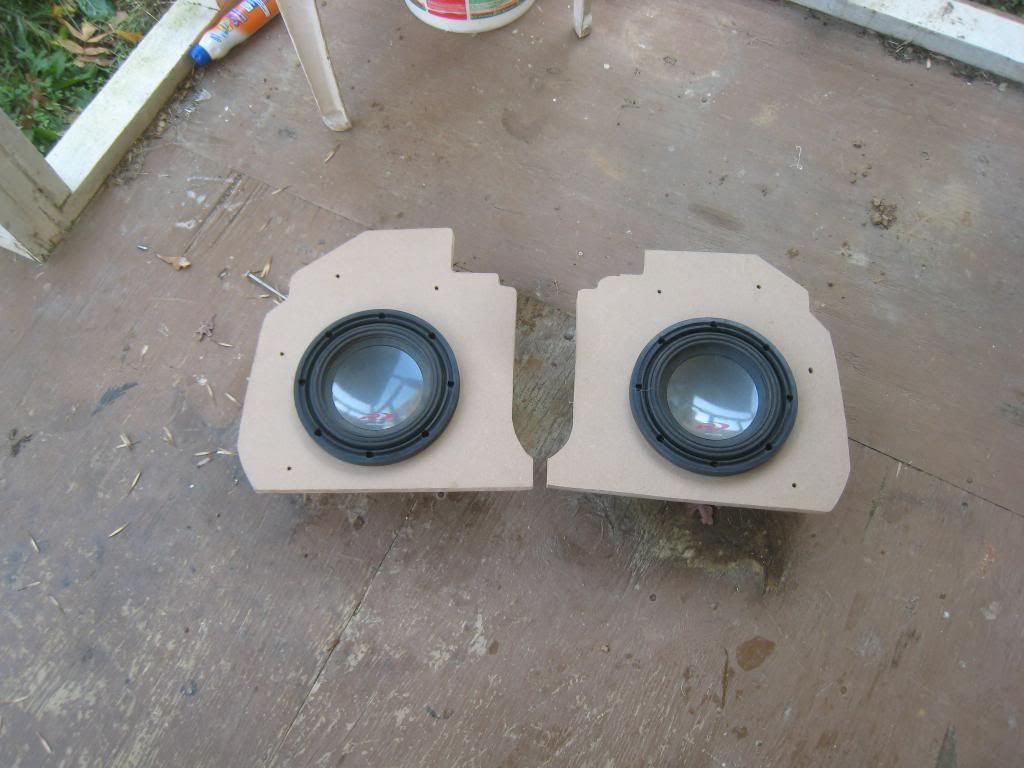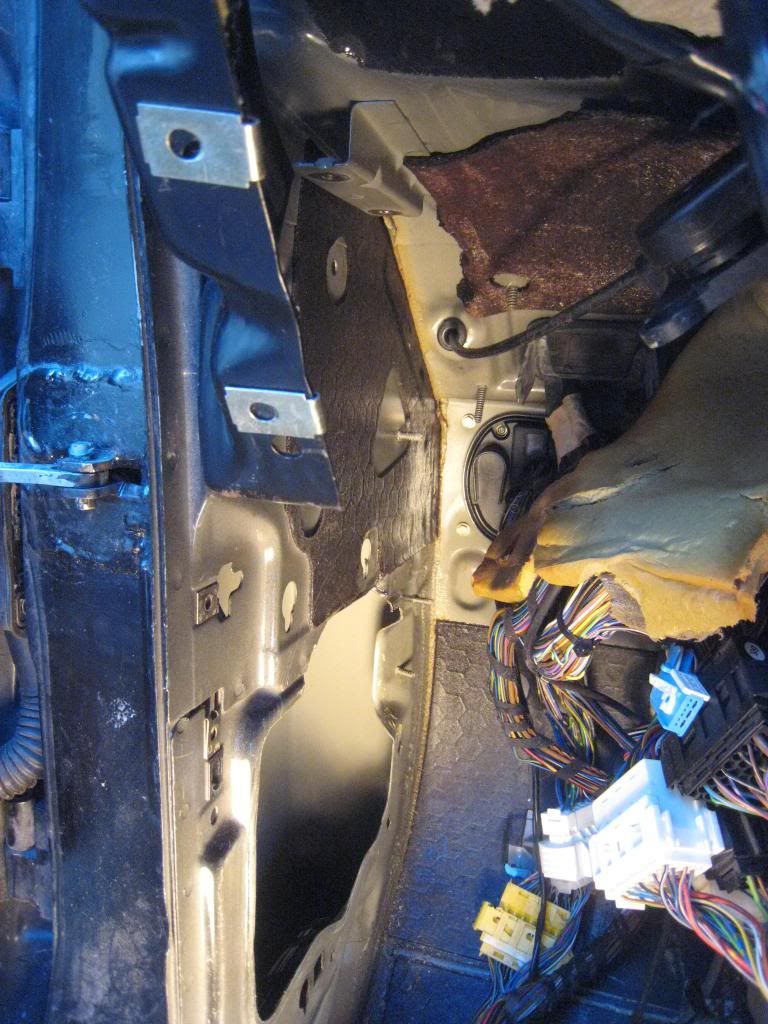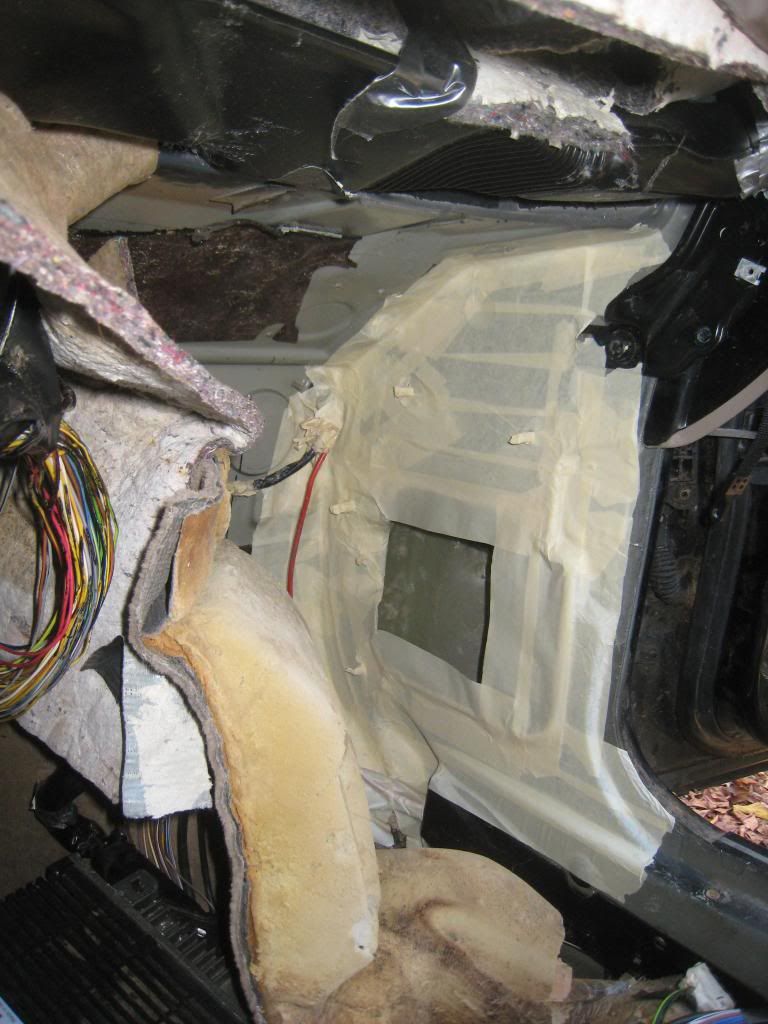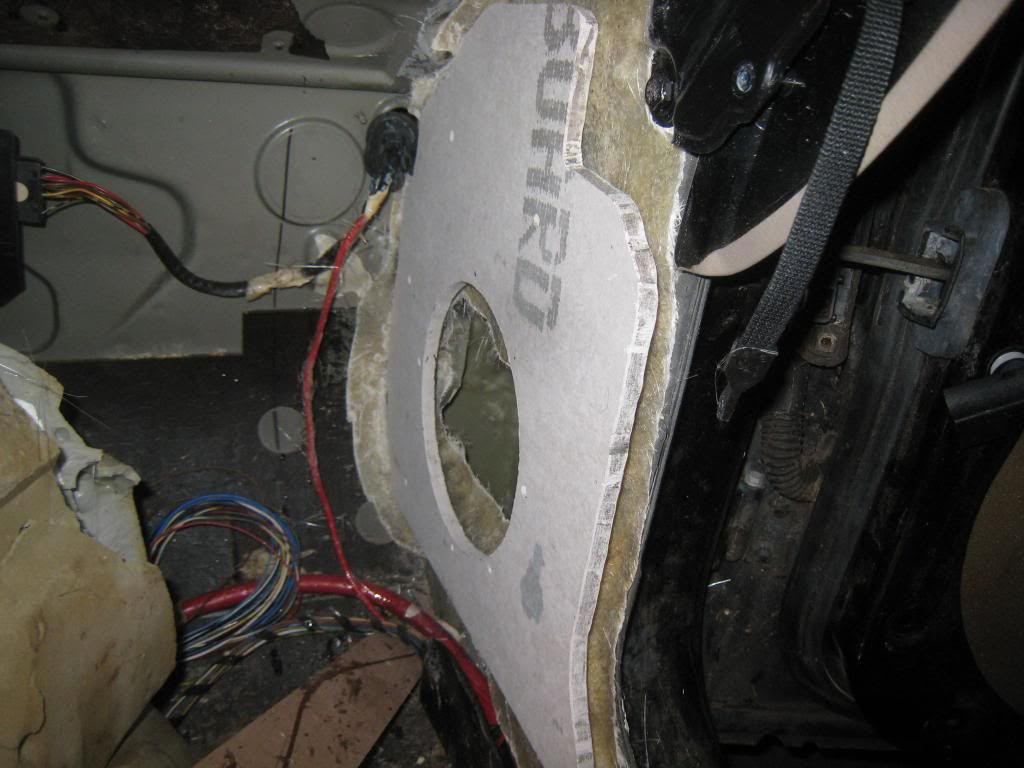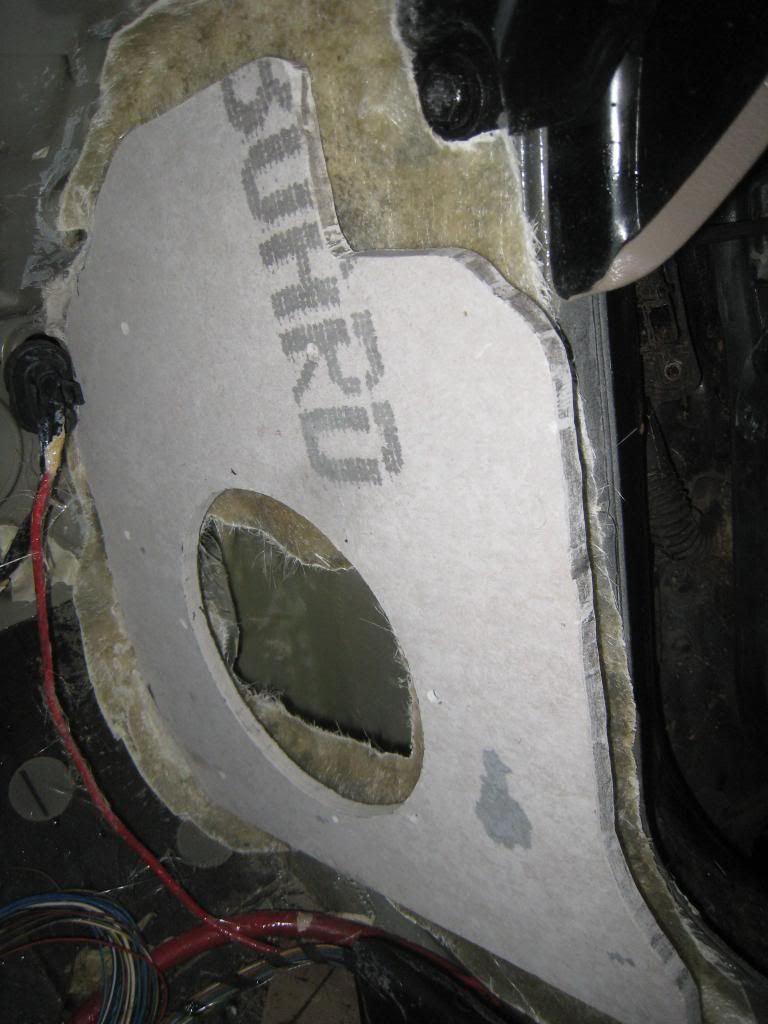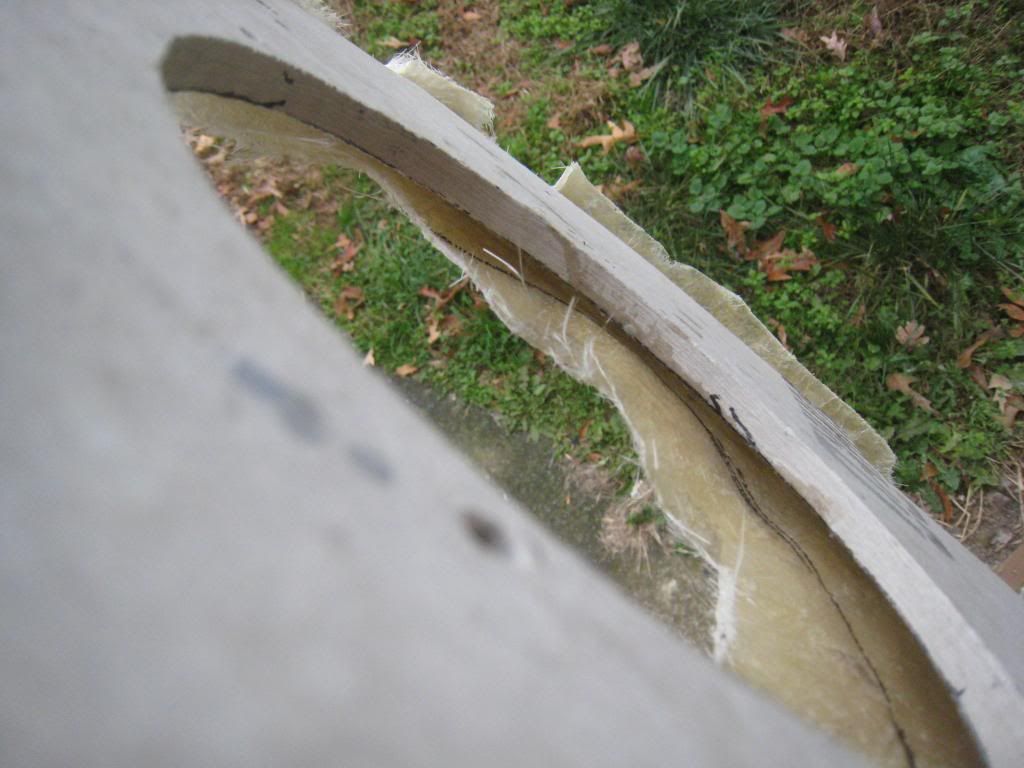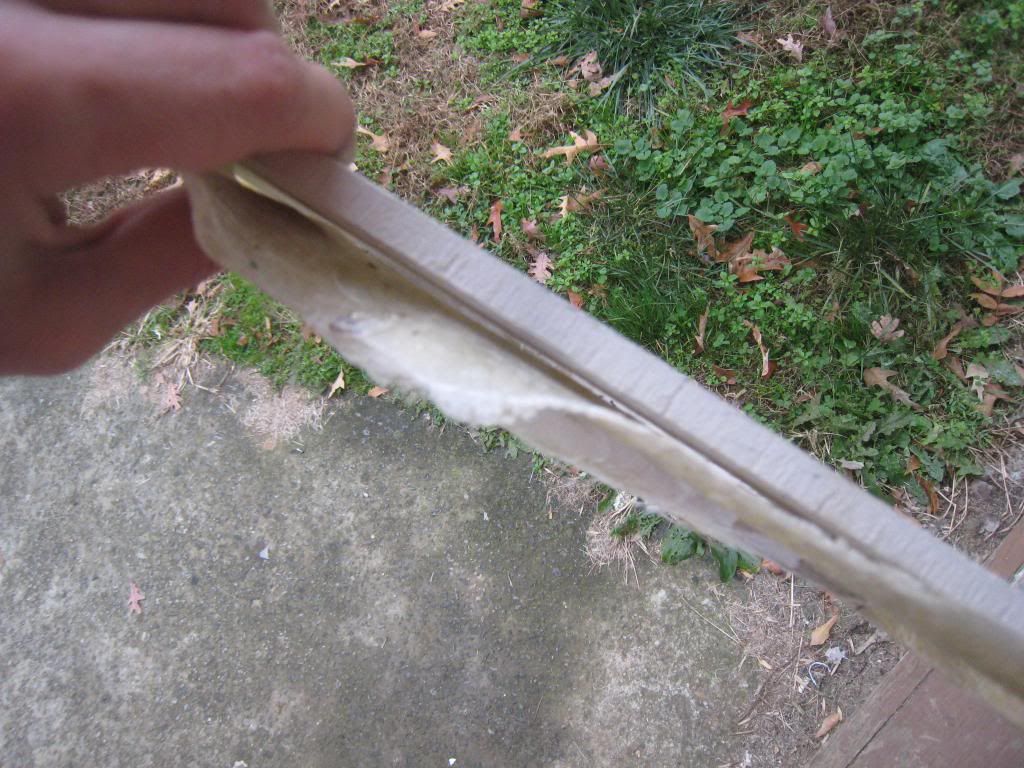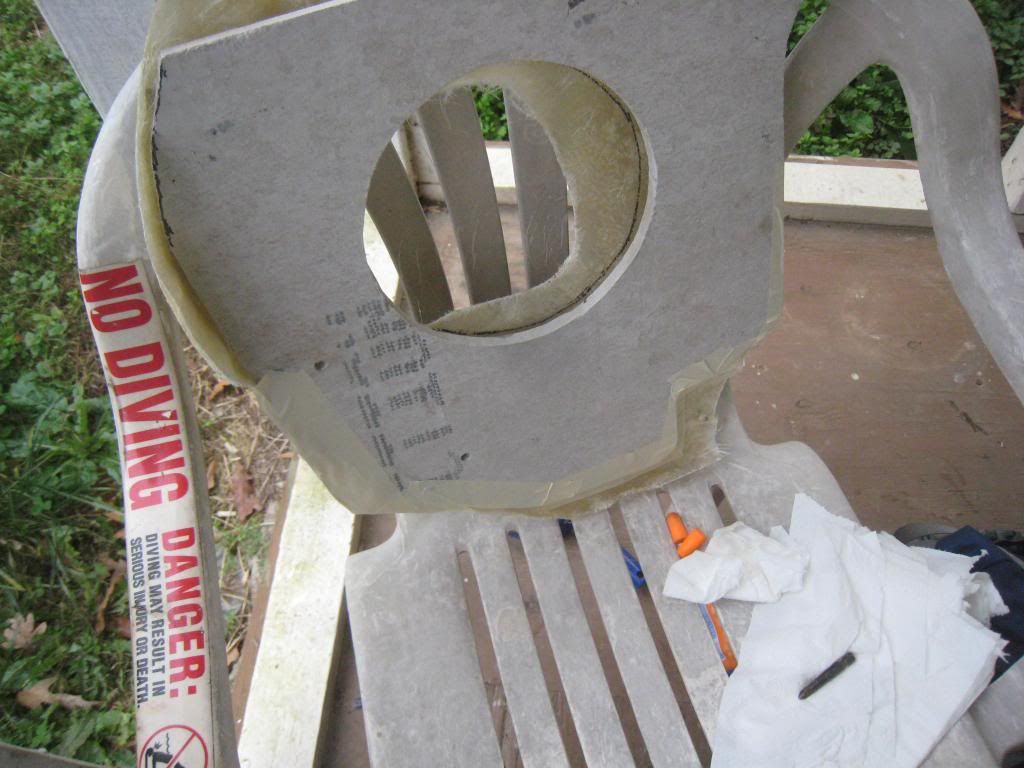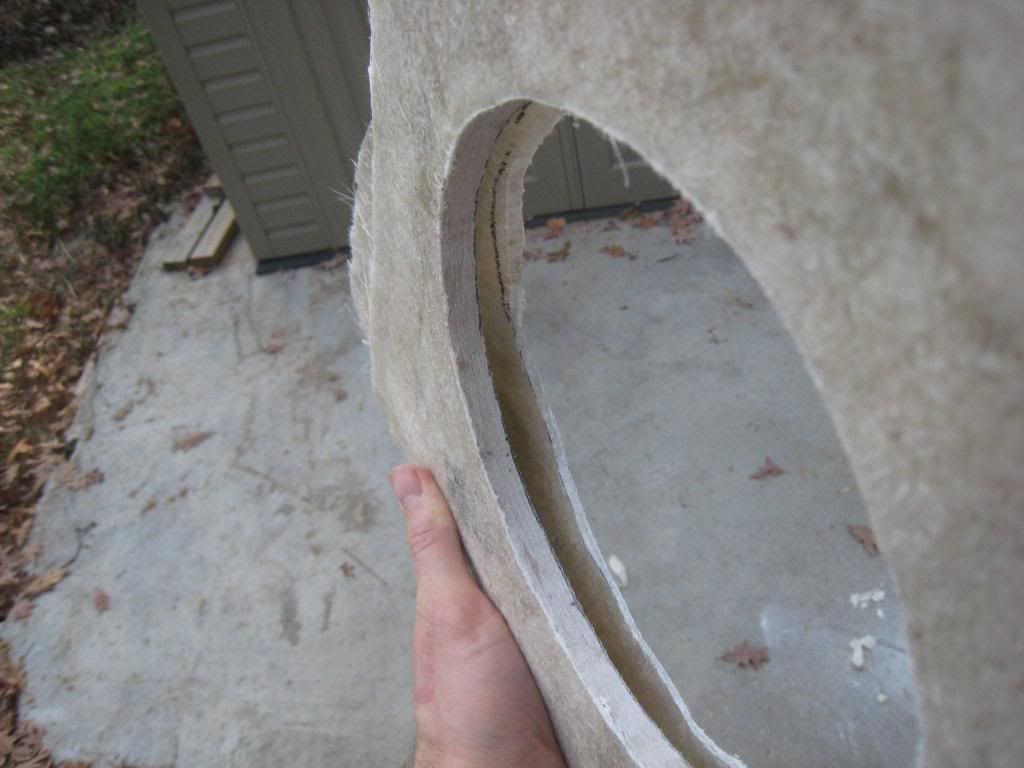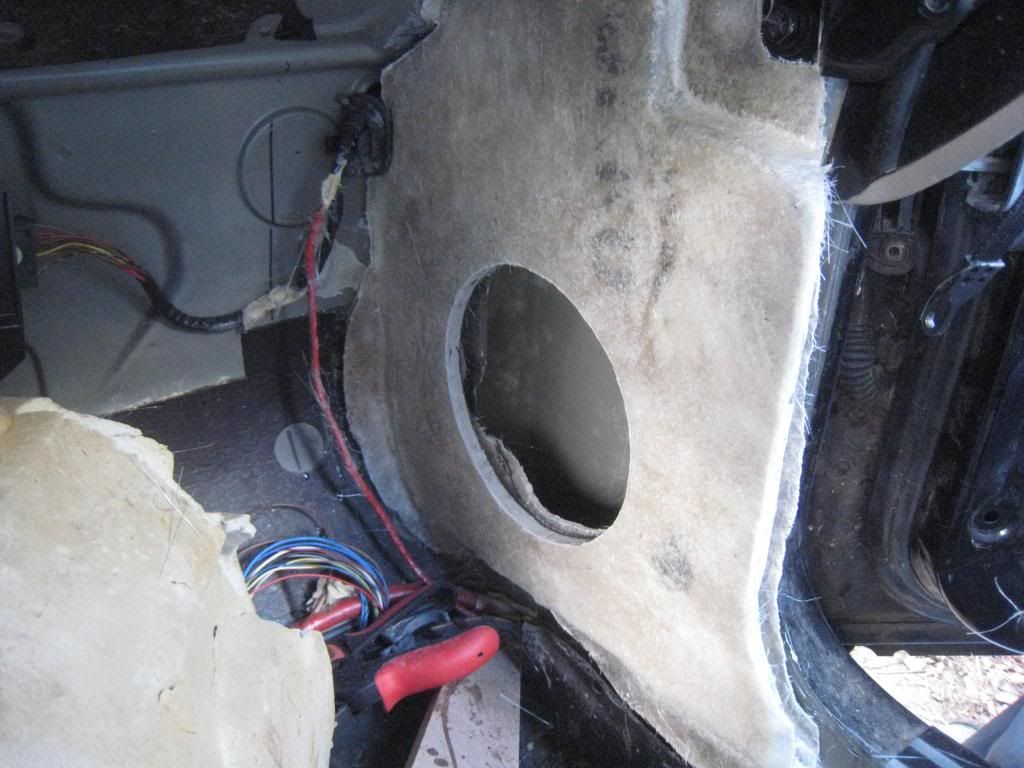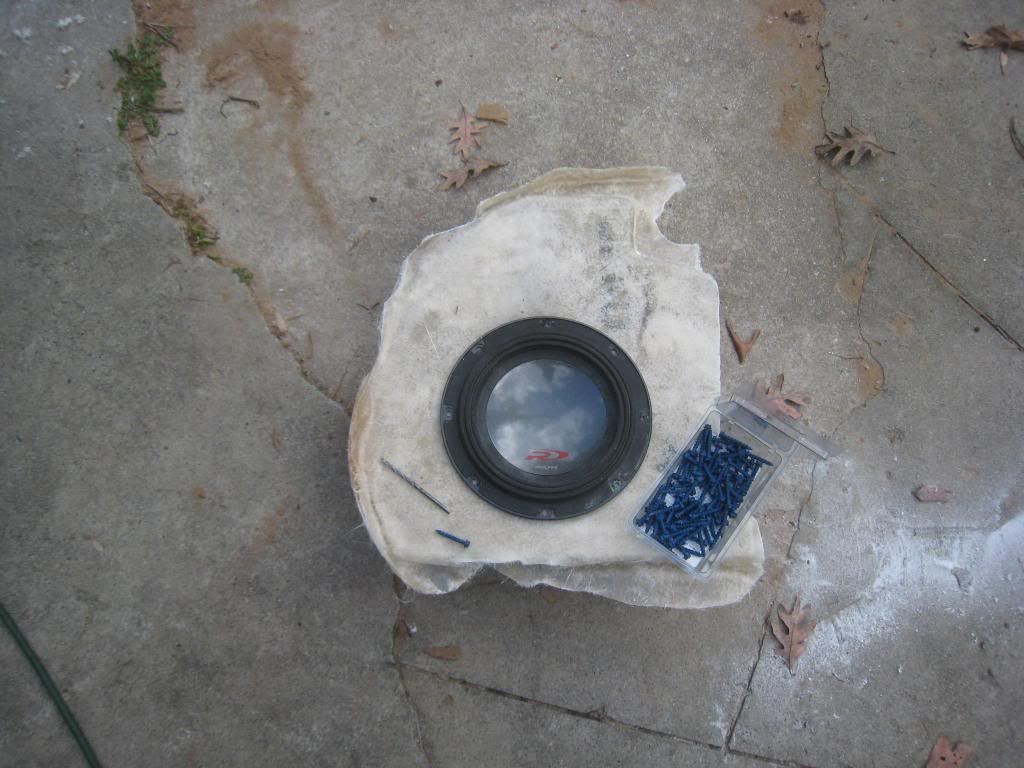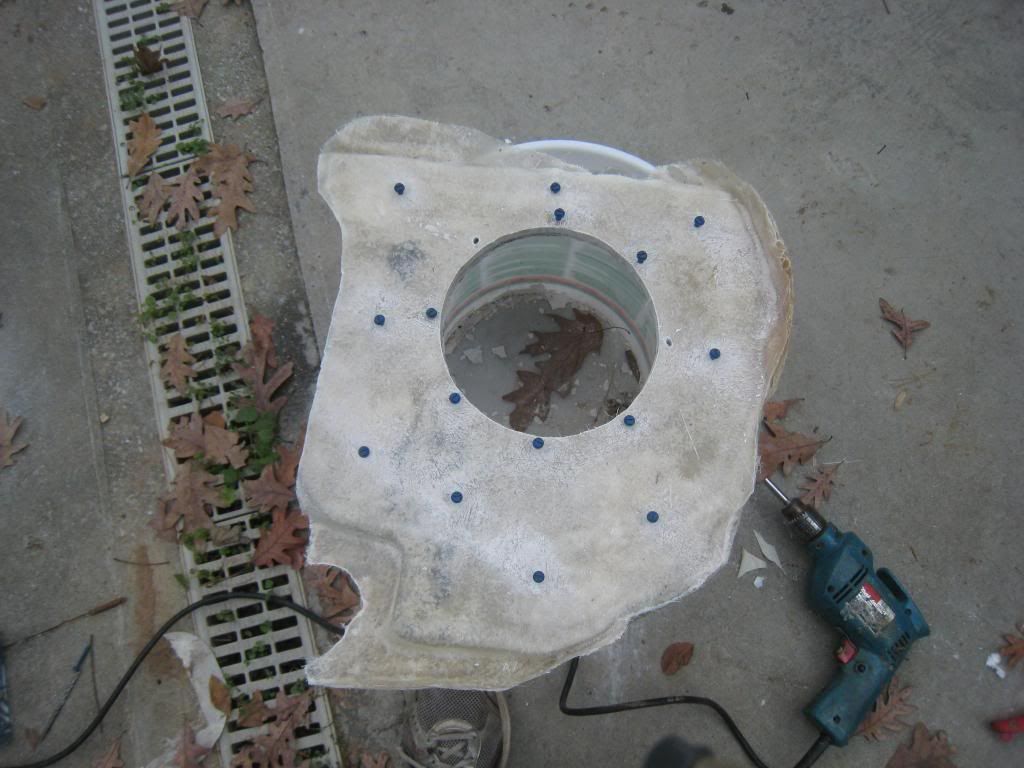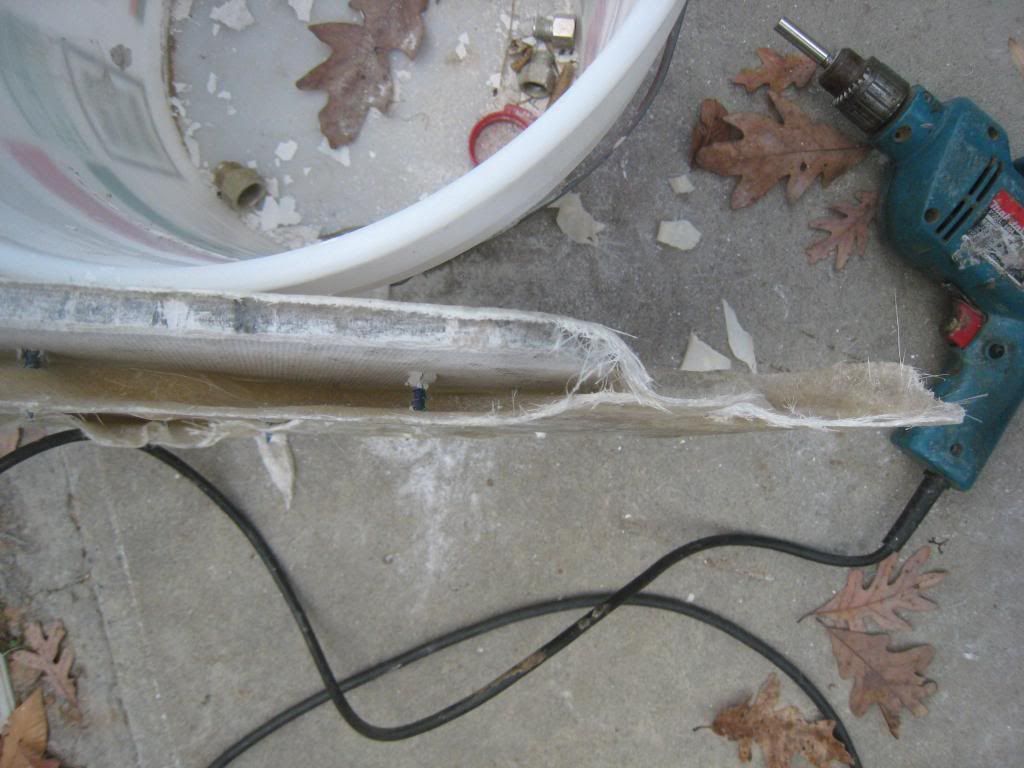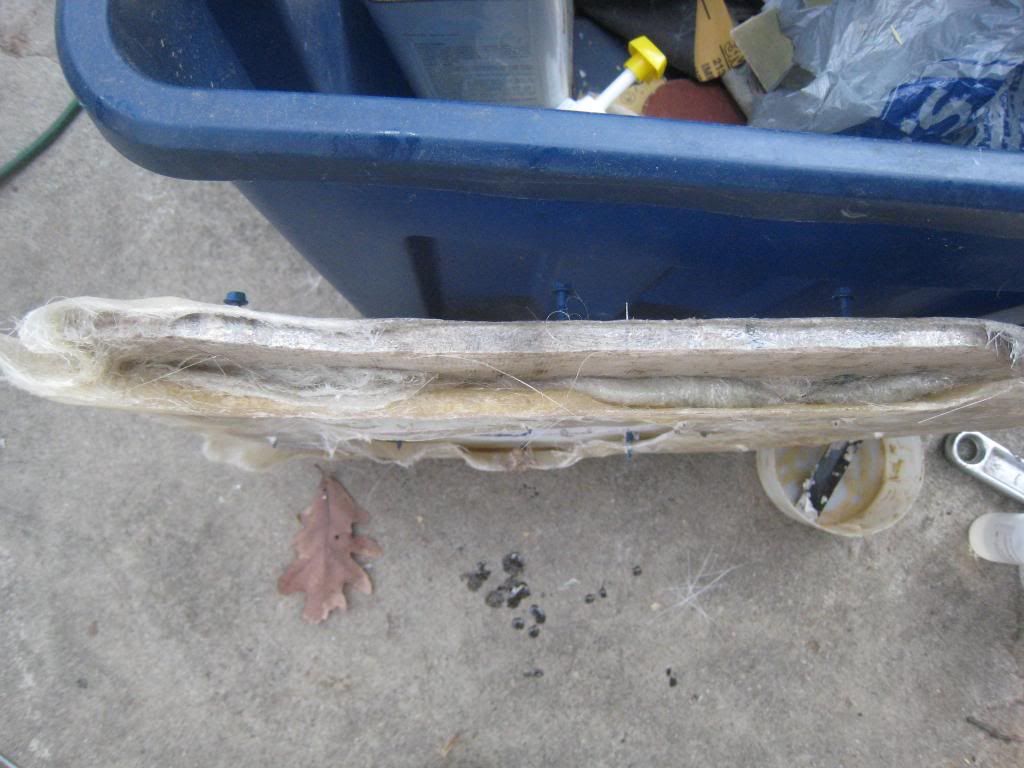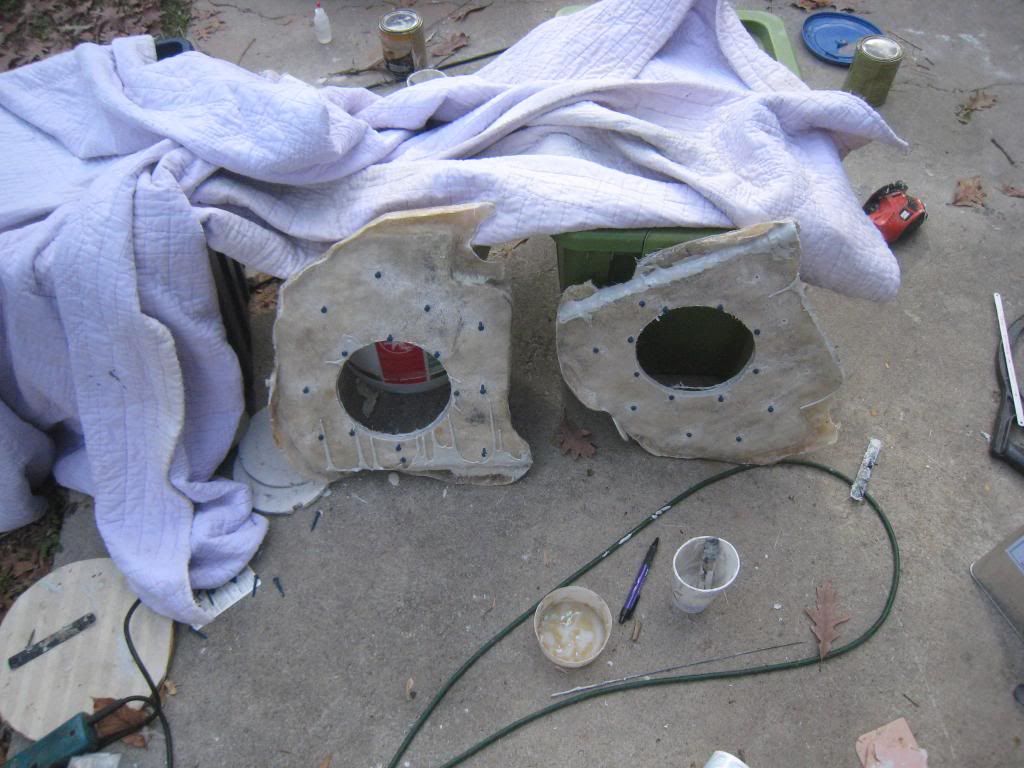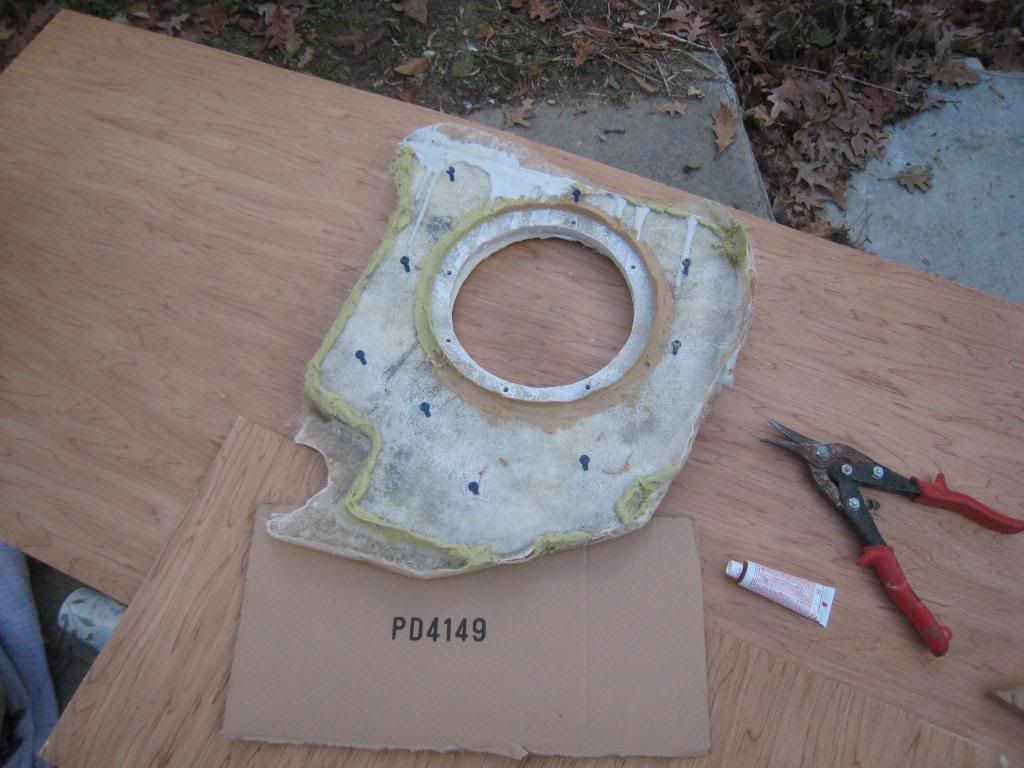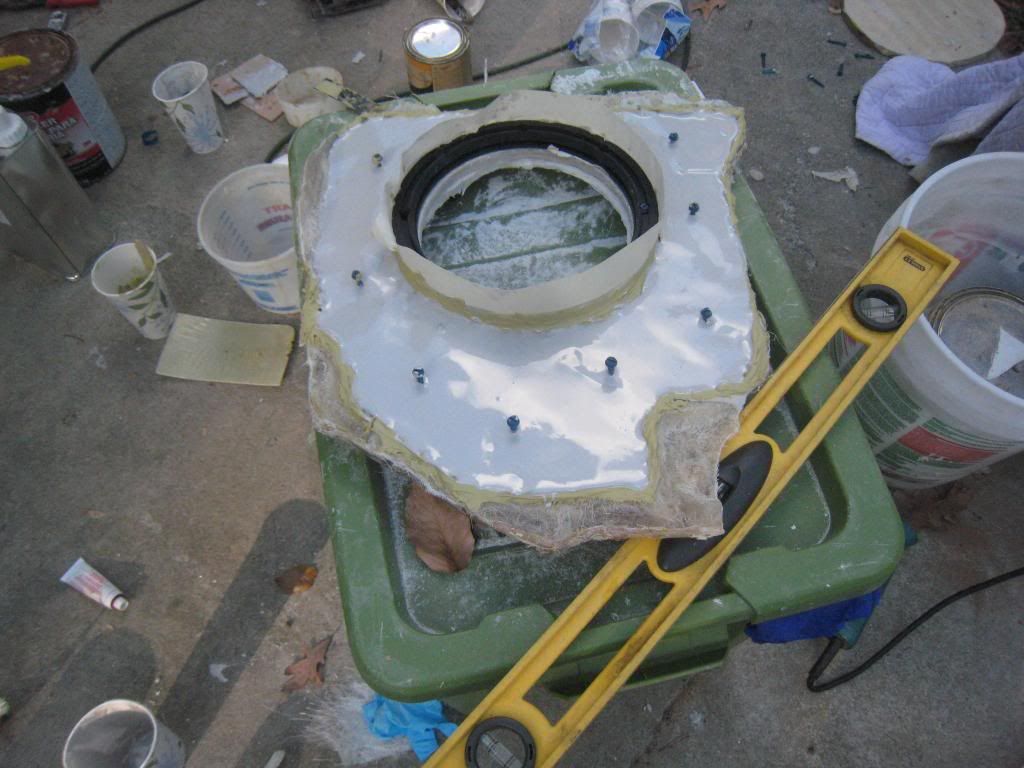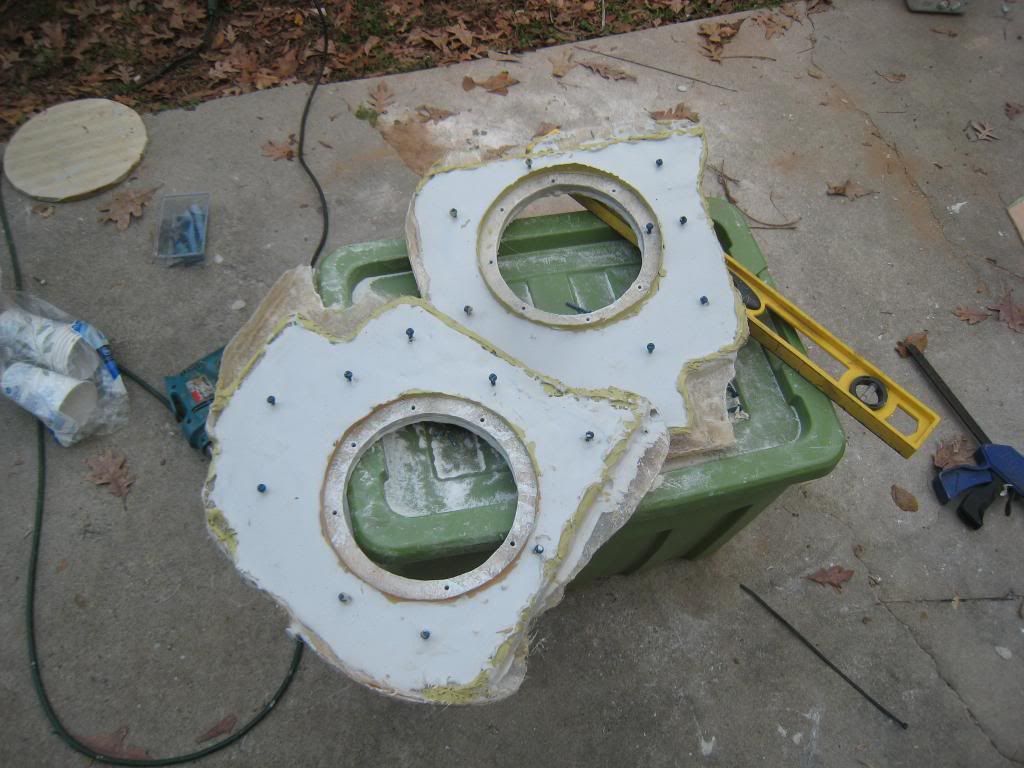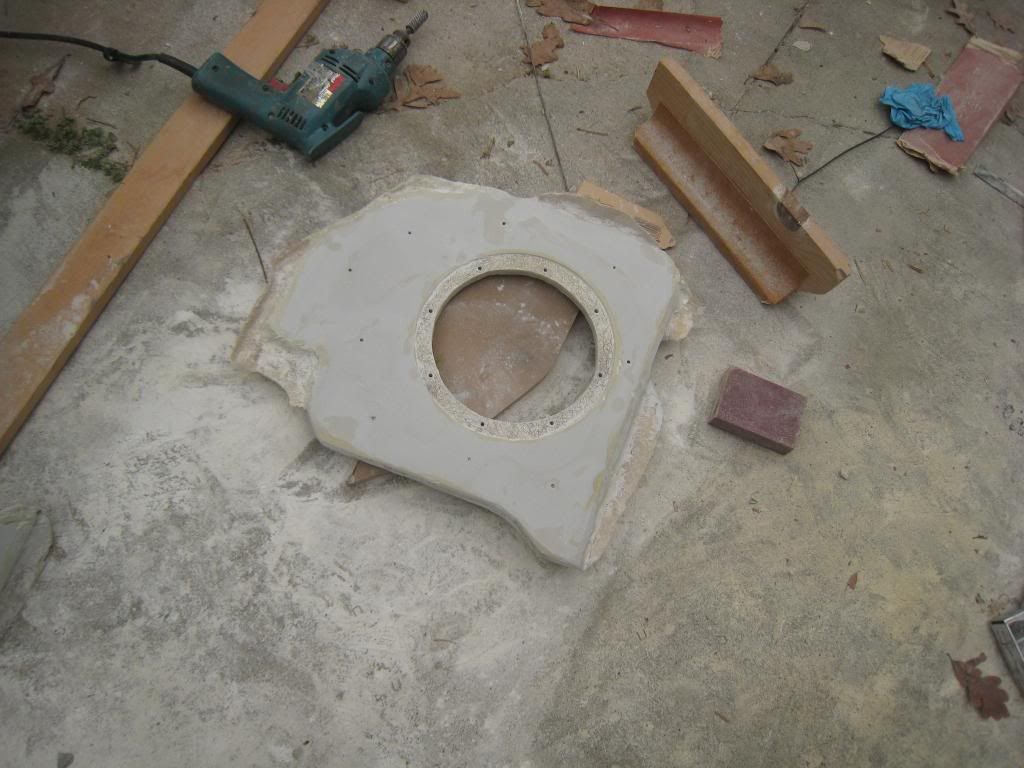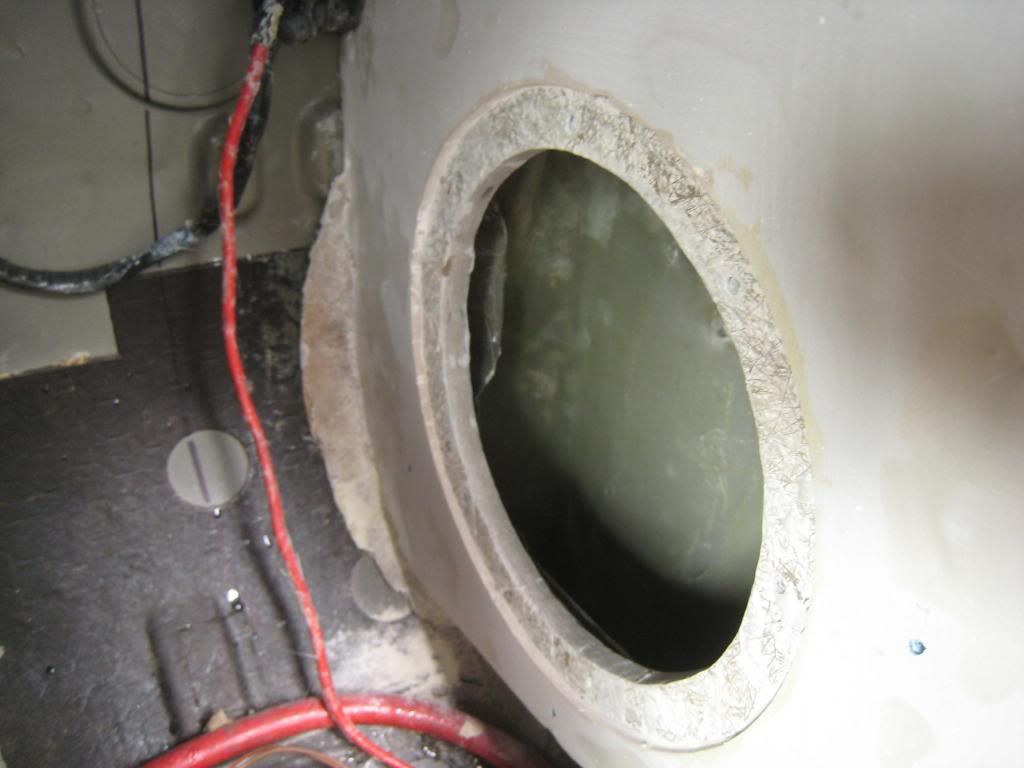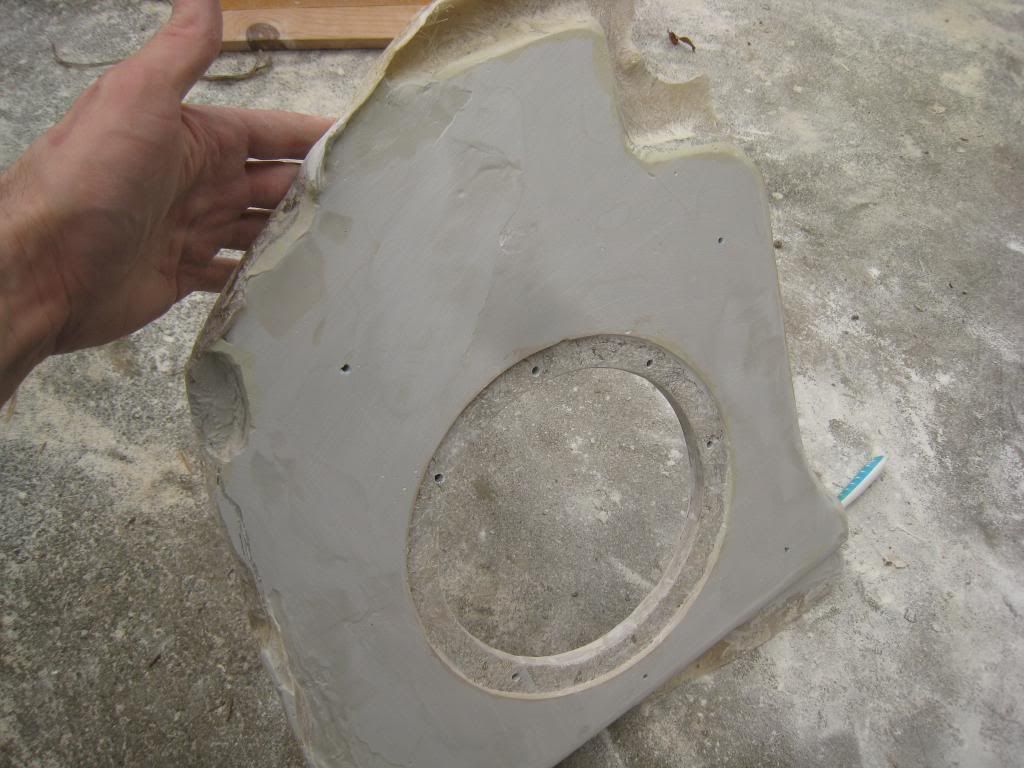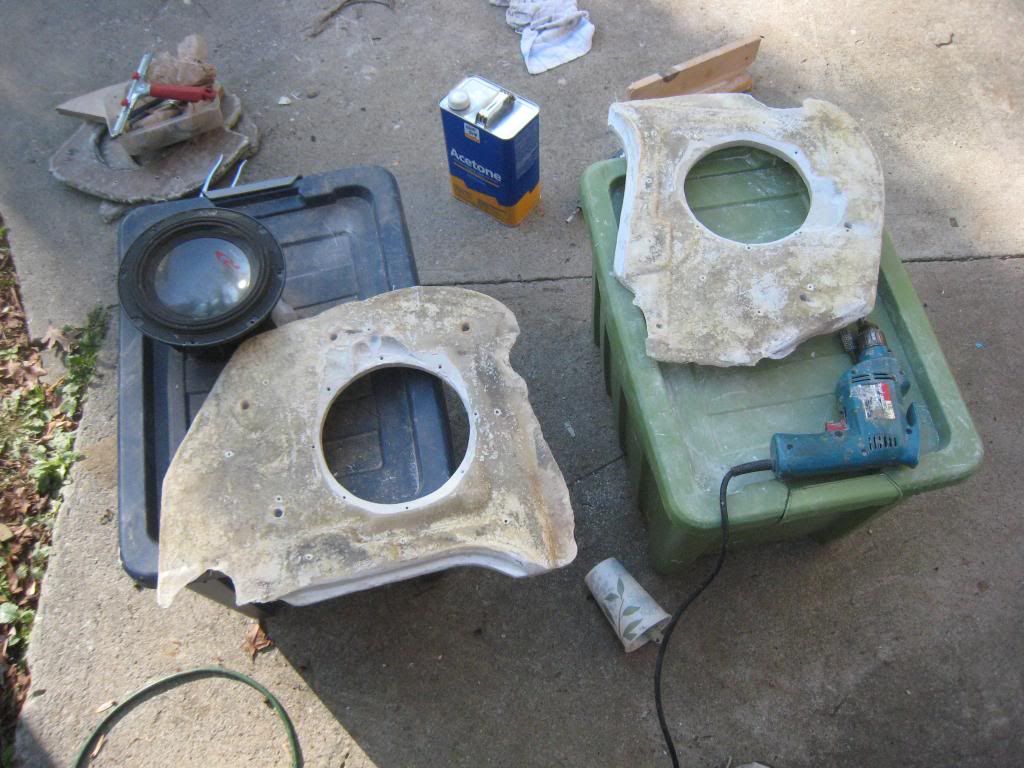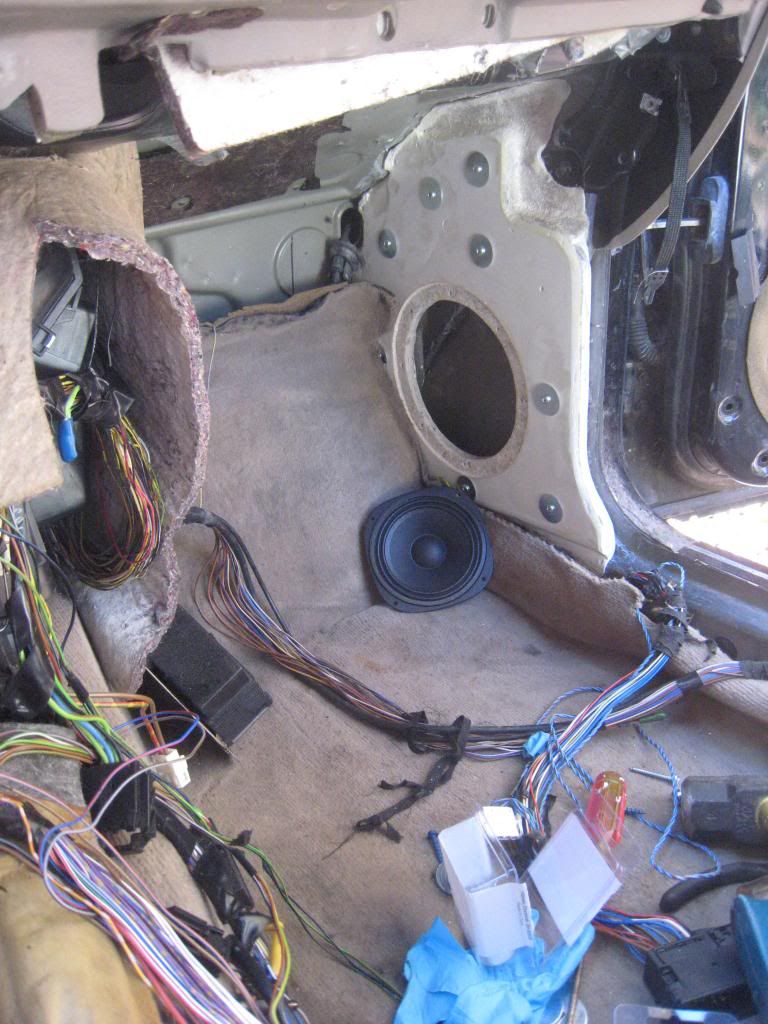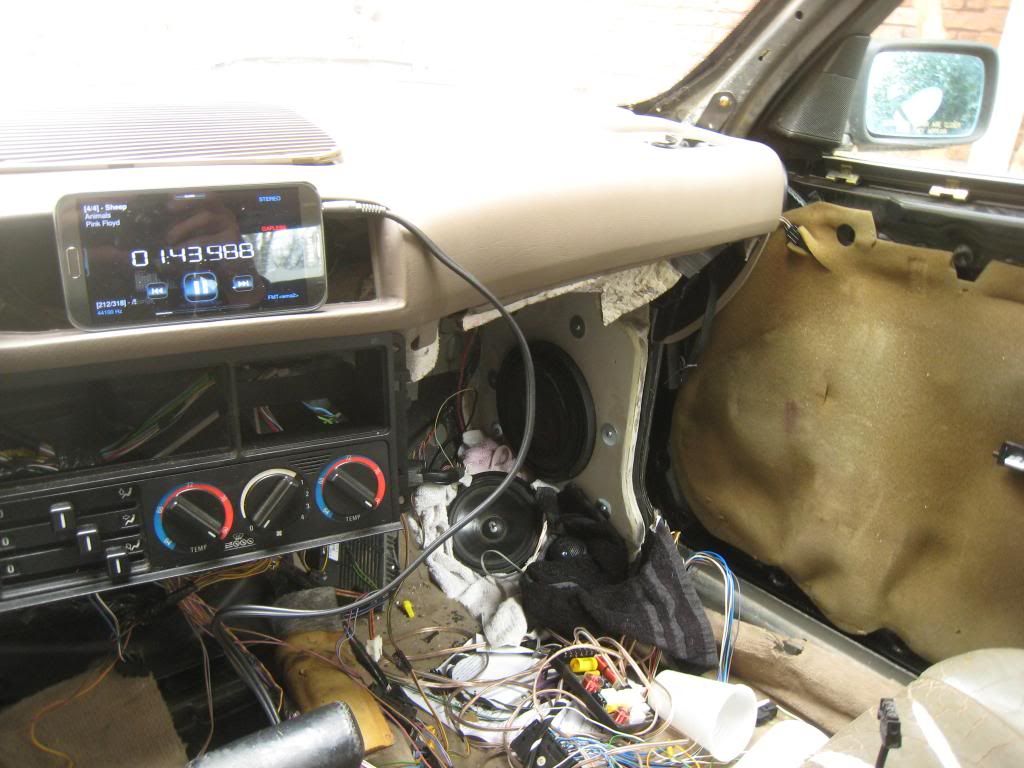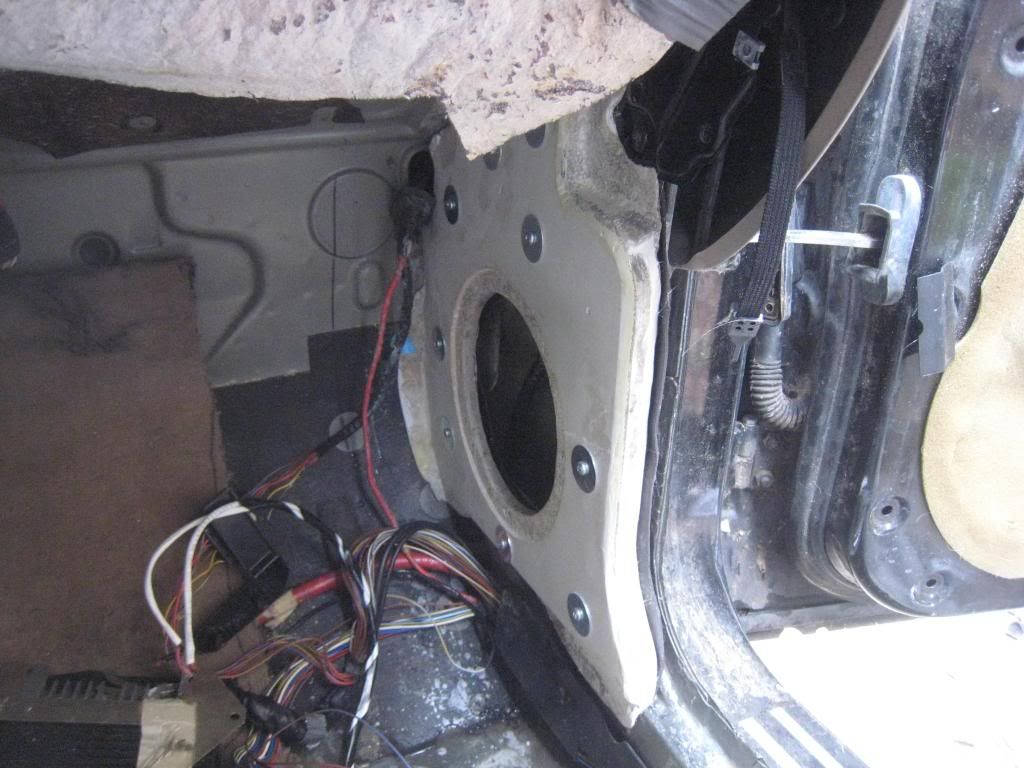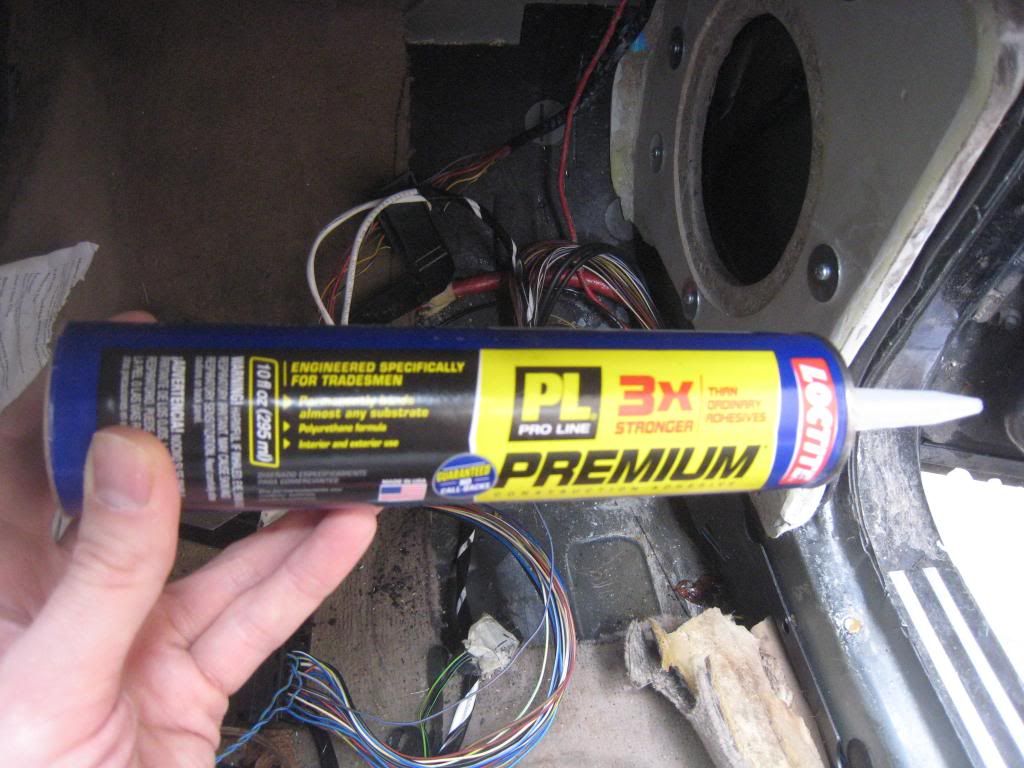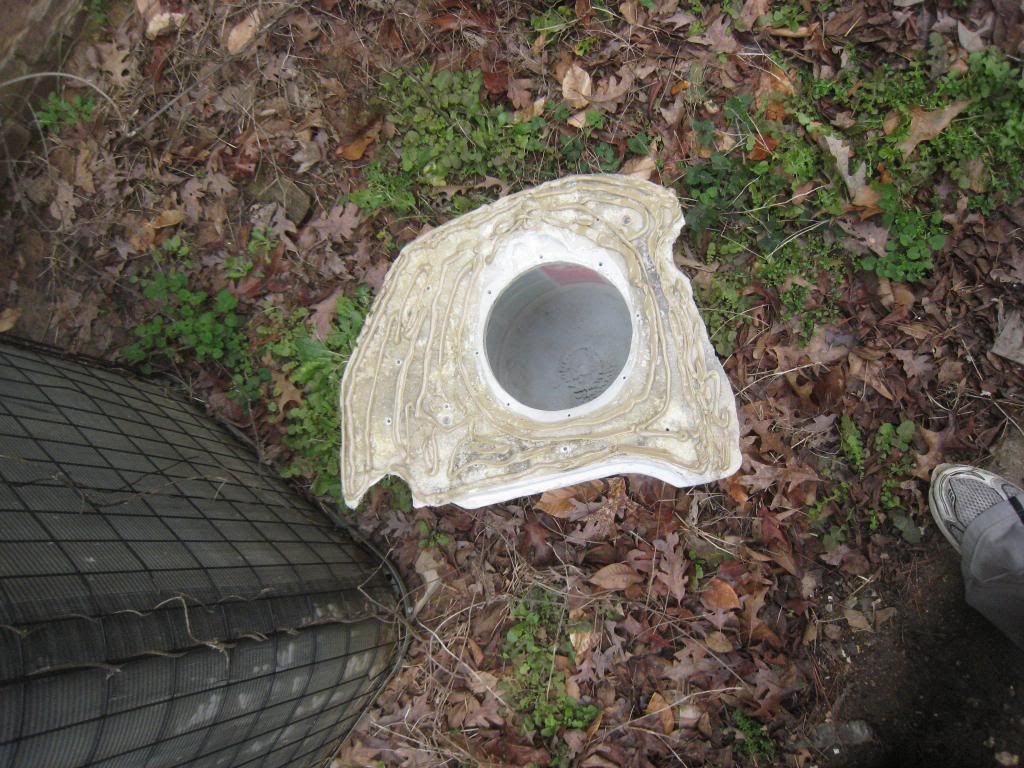After trying many different things in this car, I finally decided to use its configuration to its fullest advantage. E34 are blessed with large, deep and voluminous kick panels with 3" thick carpet and padding underneath. Its a lot of space!
Goals:
1) Keep it relatively inexpensive.
2) Optimize for two seat listening (sinful, I know).
3)Make it sound great, in both tonality and image.
4)Use minimal equipment and minimal external processing while relying heavily on physical positioning.
Equipment:
1)Two SWR-823D as sub/lower midbass hpf~125-170hz.
2) Two Celestion 5" Neodymium mids for upper midbass/midrange.
3) Two Cdt HD-100 tweets and EX-550i passive crossovers.
4) Samsung Note II as head unit.
5) 5 channel Kicker Amp
The type Rs were a no brainer for sub and lower midbass, inexpensive and sound fantastic
The Celestions I picked up for $9 a piece from PE during a sale on top of buyout. They were designed for acoustic guitar amps, but response curves look good.
The Cdt tweeters and crossovers were scavenged from a previous build. Crossover from mid to tweet is 2500hz at 24db slope.
The Kicker amp is nothing special, 4 channel plus Class D sub channel. 2 channels will power the Celestions, crossover, and tweeter. The type Rs will run mono off the Class D section. 2 channels will remain idle for now. I will use the built in crossovers.
I got rid of cable and internet to save money. I was due for an upgrade with my mobile. So I needed a new phone, with a large screen and large data plan. So for an upgrade of my nearly 3 year old MyTouch Slide, I went for the Note II. The really, really nice thing about the Note II is a well implemented, built in Wolfson DAC. It sounds very nice . The stock media player has a 7-band eq, various effects options, and can play both wave and flac files and many others. 8gig built in memory, 64gig expansion, unlimited 4GLTE, cloud storage, ect. Truly a great all in one device which just so happens to have excellent sq capability.
. The stock media player has a 7-band eq, various effects options, and can play both wave and flac files and many others. 8gig built in memory, 64gig expansion, unlimited 4GLTE, cloud storage, ect. Truly a great all in one device which just so happens to have excellent sq capability.
Goals:
1) Keep it relatively inexpensive.
2) Optimize for two seat listening (sinful, I know).
3)Make it sound great, in both tonality and image.
4)Use minimal equipment and minimal external processing while relying heavily on physical positioning.
Equipment:
1)Two SWR-823D as sub/lower midbass hpf~125-170hz.
2) Two Celestion 5" Neodymium mids for upper midbass/midrange.
3) Two Cdt HD-100 tweets and EX-550i passive crossovers.
4) Samsung Note II as head unit.
5) 5 channel Kicker Amp
The type Rs were a no brainer for sub and lower midbass, inexpensive and sound fantastic
The Celestions I picked up for $9 a piece from PE during a sale on top of buyout. They were designed for acoustic guitar amps, but response curves look good.
The Cdt tweeters and crossovers were scavenged from a previous build. Crossover from mid to tweet is 2500hz at 24db slope.
The Kicker amp is nothing special, 4 channel plus Class D sub channel. 2 channels will power the Celestions, crossover, and tweeter. The type Rs will run mono off the Class D section. 2 channels will remain idle for now. I will use the built in crossovers.
I got rid of cable and internet to save money. I was due for an upgrade with my mobile. So I needed a new phone, with a large screen and large data plan. So for an upgrade of my nearly 3 year old MyTouch Slide, I went for the Note II. The really, really nice thing about the Note II is a well implemented, built in Wolfson DAC. It sounds very nice


